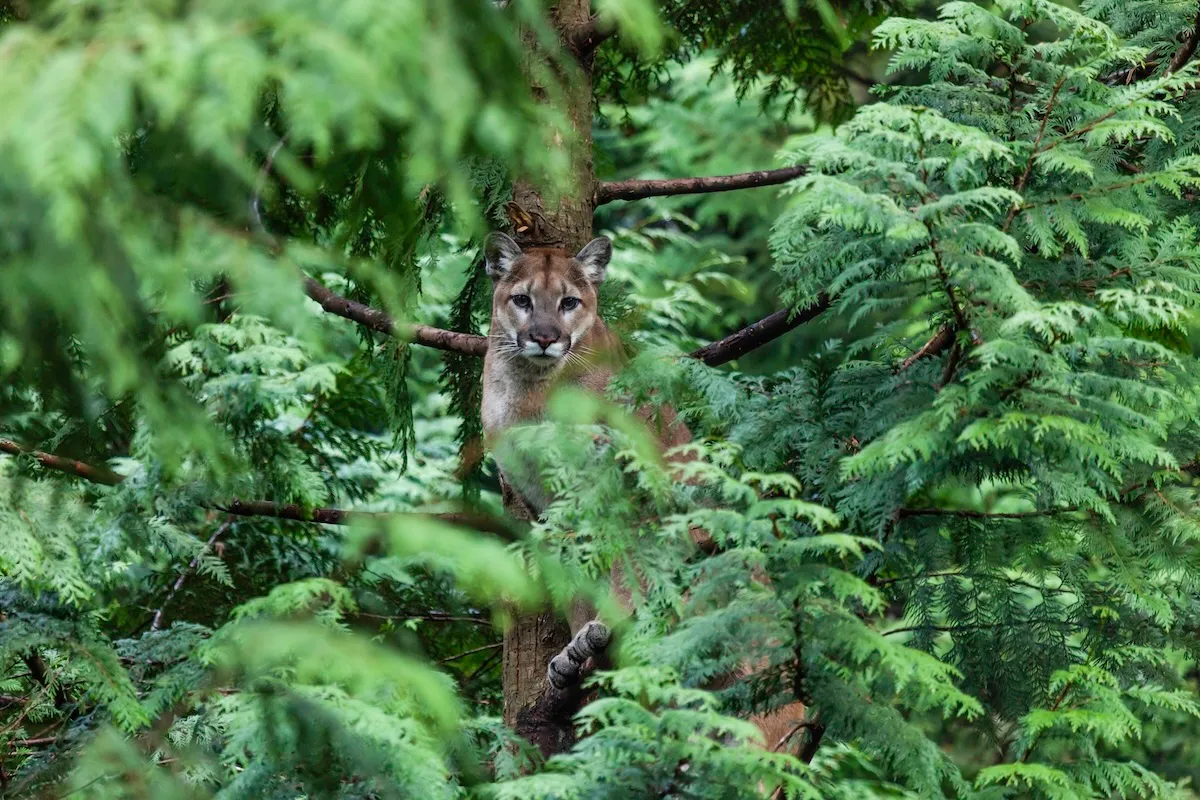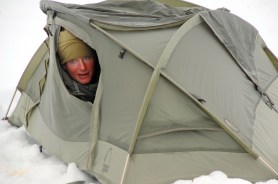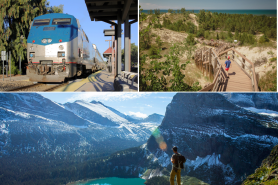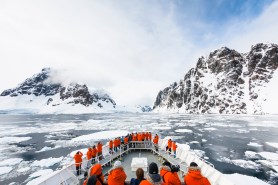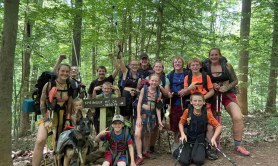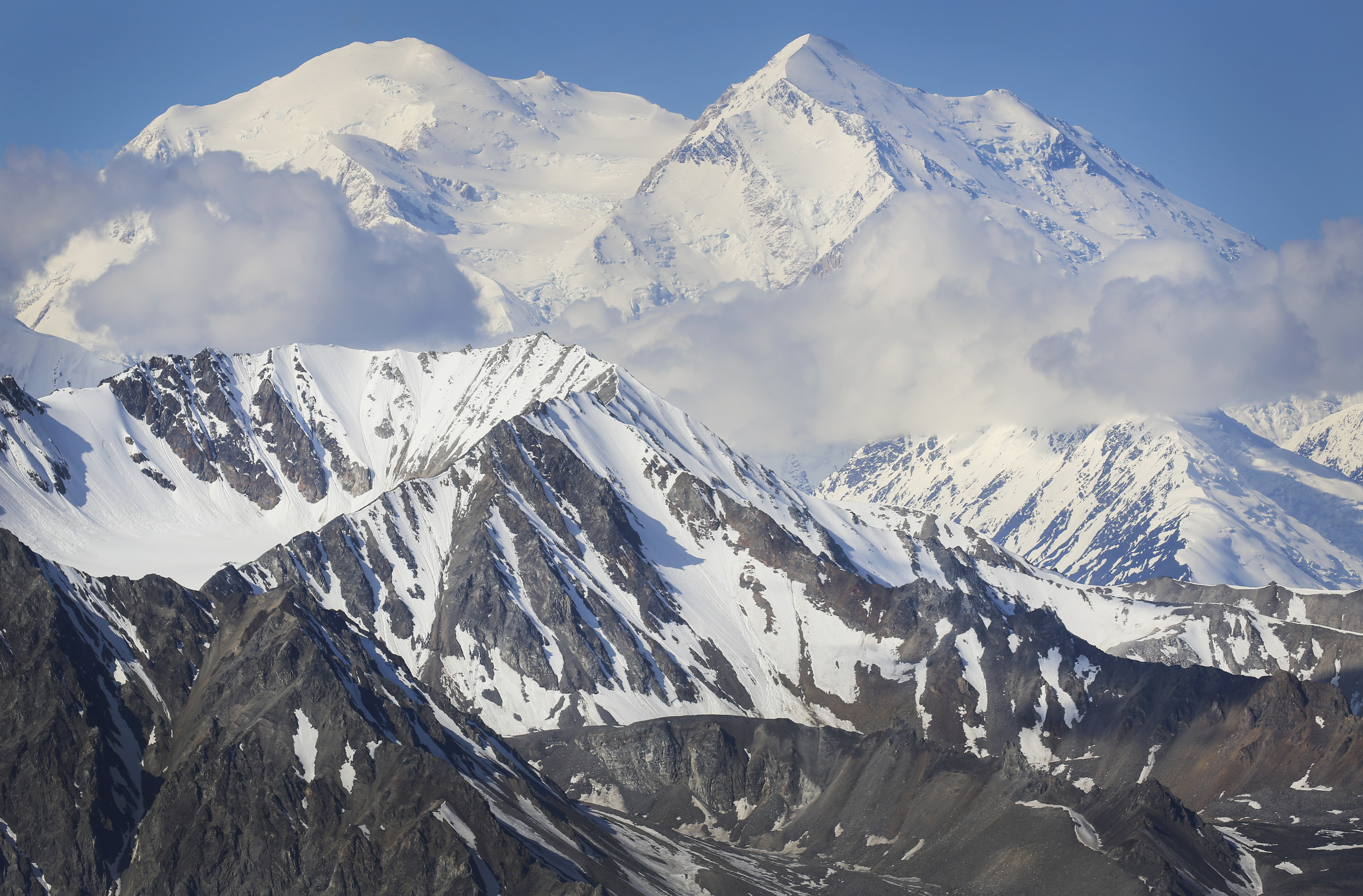

Is the summer heat keeping you from getting outside? You’re not alone. We’re seeing record-breaking temperatures around the world. So if you’re looking to hike, maybe it’s time you head north. Pack your bags (including a jacket) to head to the U.S.’s Last Frontier State.
Videos by Outdoors
Here’s a look at Alaska’s eight national parks ranked from warmest to the coldest average temperature in July:
8) Kobuk Valley National Park (60°F) (tie)
Starting things off with the ultimate way to cool down – heading to the Arctic.
Kobuk Valley National Park is just north of the Arctic Circle, which makes it surprising to see temperatures in the 60s in the middle of the summer.
Kobuk Valley is not easy to get to. The far north location means the only way to get there is by air. A chartered flight will bring visitors to the park. The park has no amenities or even trails, making it a true wilderness adventure, so guests need to be prepared.
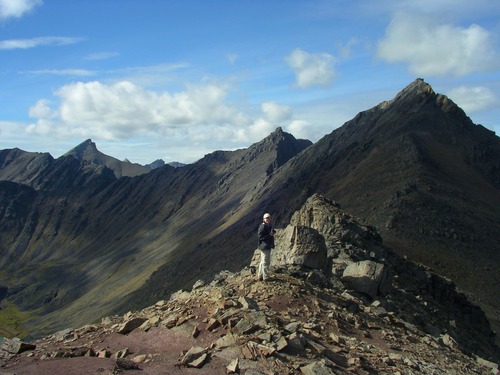
The park is well known for its large caribou migration, as thousands of animals cross the tundra and through the Kobuk River. The park is also known for being home to giant sand dunes that appear foreign in the Arctic landscape.
7) Gates of the Arctic National Park and Preserve (60°F) (tie)
Oddly enough, the other warmest Alaskan park in July is also the furthest north and sits past the Arctic Circle.
Appropriately named “Gates of the Arctic,” this U.S. National Park is the second largest in the country. The park protects the Brooks Mountain Range and the surrounding area. Like Kobuk Valley, there are no roads or trails within the park, and flying is the only way to get there. Surprisingly, several small airlines operate out of Fairbanks to bring visitors to nearby communities. From there, most people charter a flight to enter the park, with the other option being to walk.
Animals found within the park include caribou, brown bears, lynx, and muskox.
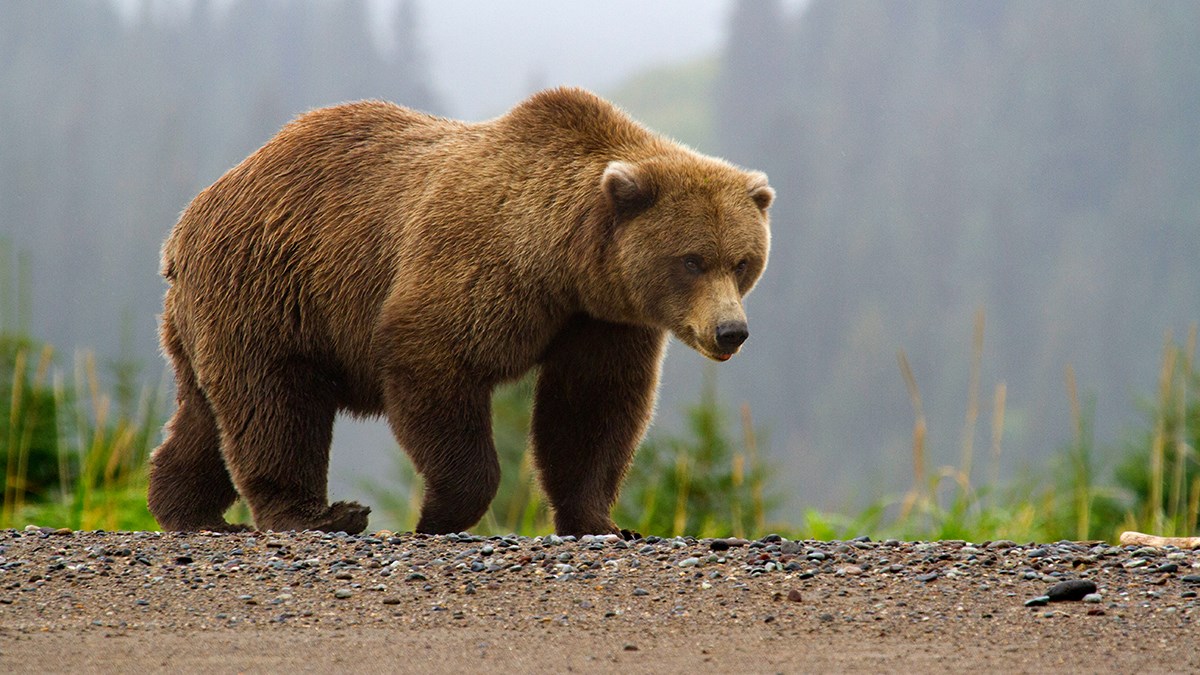
6) Lake Clark National Park and Preserve (58° F) (tie)
If you’re a fan of salmon, this may be the ultimate destination.
Lake Clark was partly established as a park to protect the salmon population. The park includes multiple rivers and lakes throughout the mountainous tundra landscape.
While on a map, it doesn’t look far from Anchorage, getting there also requires chartering a flight. There are multiple companies that operate from Anchorage and other nearby destinations to fly guests into the park.
Whether an angler or a backpacker, having all the gear you need for your visit is important. Plus, with rivers full of salmon, be prepared for wildlife such as brown bears. Park officials estimate more than 200 grizzlies call the area home.
Another cool feature of the park is it’s home to Redoubt Volcano, which is still active and erupted as recently as 2009.
5) Denali National Park and Preserve (58°F) (tie)
Easily the most well-known national park in Alaska is Denali.
The park is home to the highest peak in North America, where it gets its name. Denali sits at 20,310 feet and is an often-attempted summit. Experienced climbers can attempt the climb solo, or you can hire several guide services.
Besides the mountains, visitors at lower levels will find thick forests and glaciers to explore.
While visitors can drive to the park from Fairbanks, it’s not an easy trek and is extremely rural. Other options include flying and a train that runs from Fairbanks to Anchorage. Once inside the park, visitors can use the park’s bus system to explore different trails and areas of the park.
4) Wrangell-St. Elias National Park and Preserve (57° F)
Wrangell-St. Elias is the U.S. National Park Service’s largest destination. At over 20,000 square miles, the massive park borders Canada and runs to the Gulf of Alaska and into the state’s interior. To explain how big this place is, the National Park Service says it’s equal in size to Yellowstone, Yosemite, and the country of Switzerland combined.
The sheer size means visitors should expect a diverse landscape, with parts of the park at sea level and others running as high as 18,008 feet. There is a diverse ecosystem with numerous glaciers and volcanos within the park.
The park has two roads, and visitors can drive there from nearby cities. However, there is nowhere to refuel within the park, so plan accordingly. Similar to Denali, the park also has a shuttle system.
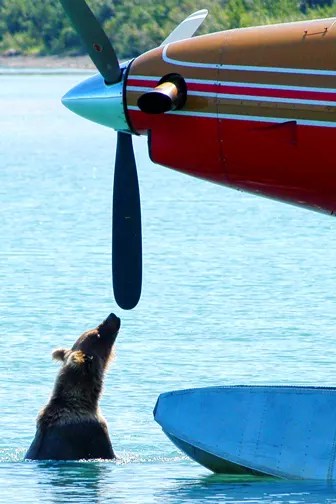
3) Glacier Bay National Park and Preserve (56°F)
Glacier Bay National Park is in the southeast coast of the state. The destination is a popular stop for cruise ships making their way from Seattle.
The park contains several fjords, glaciers, and even mountains near the coast.
The park is full of wildlife, and everything from orcas and humpback whales to seals, otters, and brown bears call it home. Visitors can also learn about the history and culture of the indigenous people that call the region home.
Getting to Glacier Bay includes cruises and other boat tours. The park is near Juneau, Alaska, but that doesn’t mean you can drive there. Like other Alaskan parks, flying is a popular option. Alaska Airlines also provides flights to nearby Gustavus, where visitors can take an air taxi to the park.
2) Katmai National Park (55°F) (tie)
While the chances of seeing a grizzly bear in an Alaskan National Park are pretty good no matter where you go, Katmai may be your best chance. The park in the state’s southwest corner has a giant bear population and some famous webcams that prove it, as grizzlies flock to the Brooks River for salmon.
The park on the coast also contains mountains and a breathtaking view of a crater lake at the summit of Mount Katmai.
Similar to other Alaskan destinations, the park on the state’s peninsula requires visitors to fly or charter a boat to the destination.
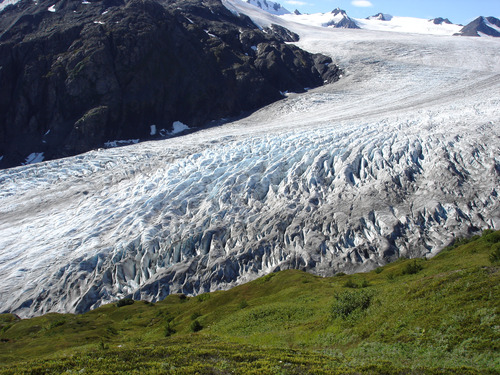
1) Kenai Fjords National Park (55°F) (tie)
Tying for the number-one coolest weather for July and the final national park in Alaska is Kenai Fjords.
Similar to Katmai, Kenai sits on the coast but is more famous for its ice fields and glaciers that dump into the ocean.
Kenai is also a popular cruise ship destination, and passengers can embark on hikes and cross a vast ice-covered landscape during their stop here.
Unlike the majority of Alaskan parks, Kenai Fjords is accessible by car. You can drive from Anchorage in the summer months to Seward to access the park. There’s also a train that brings visitors to the park.
Which park in Alaska is calling to you this summer?
